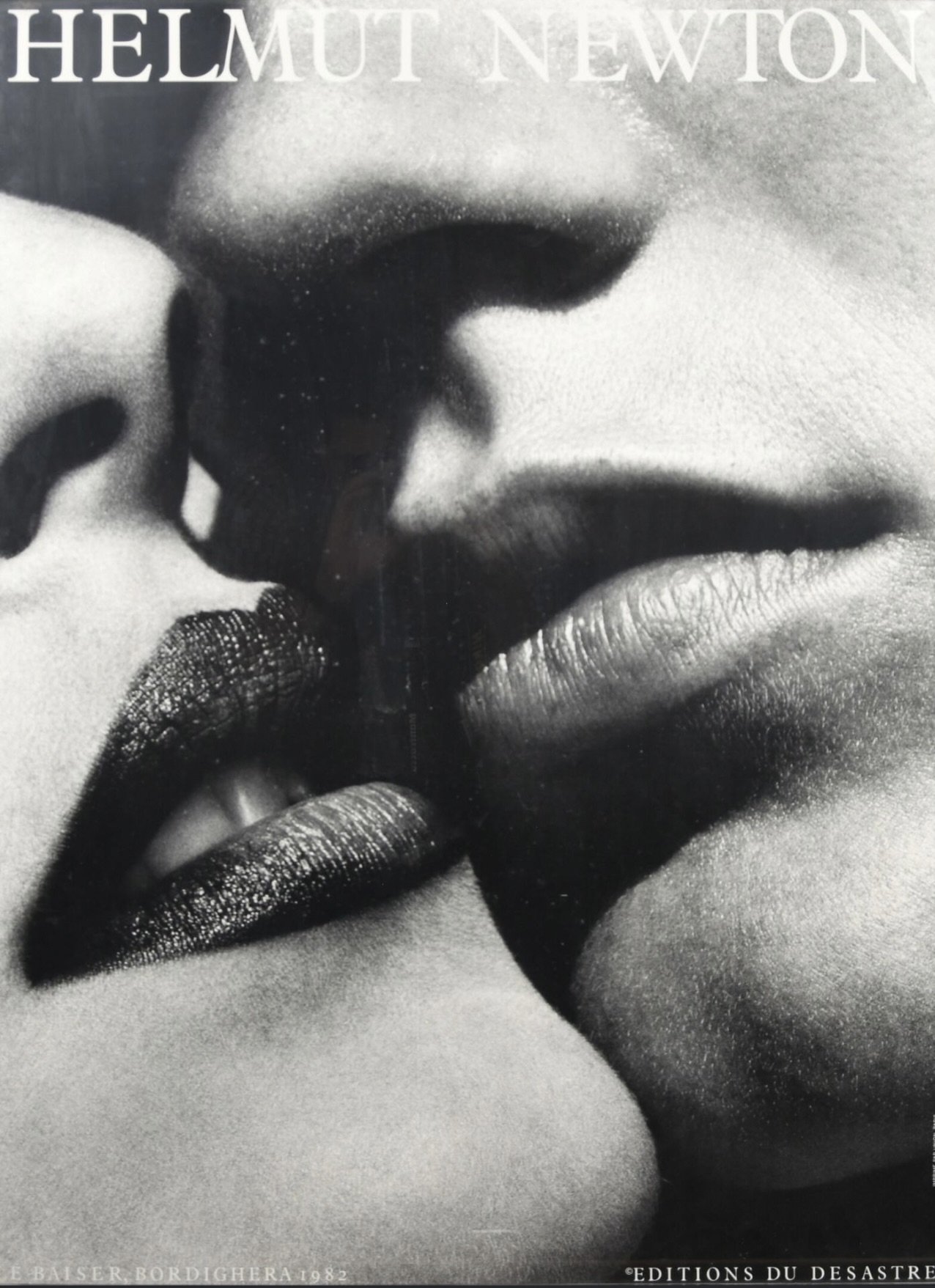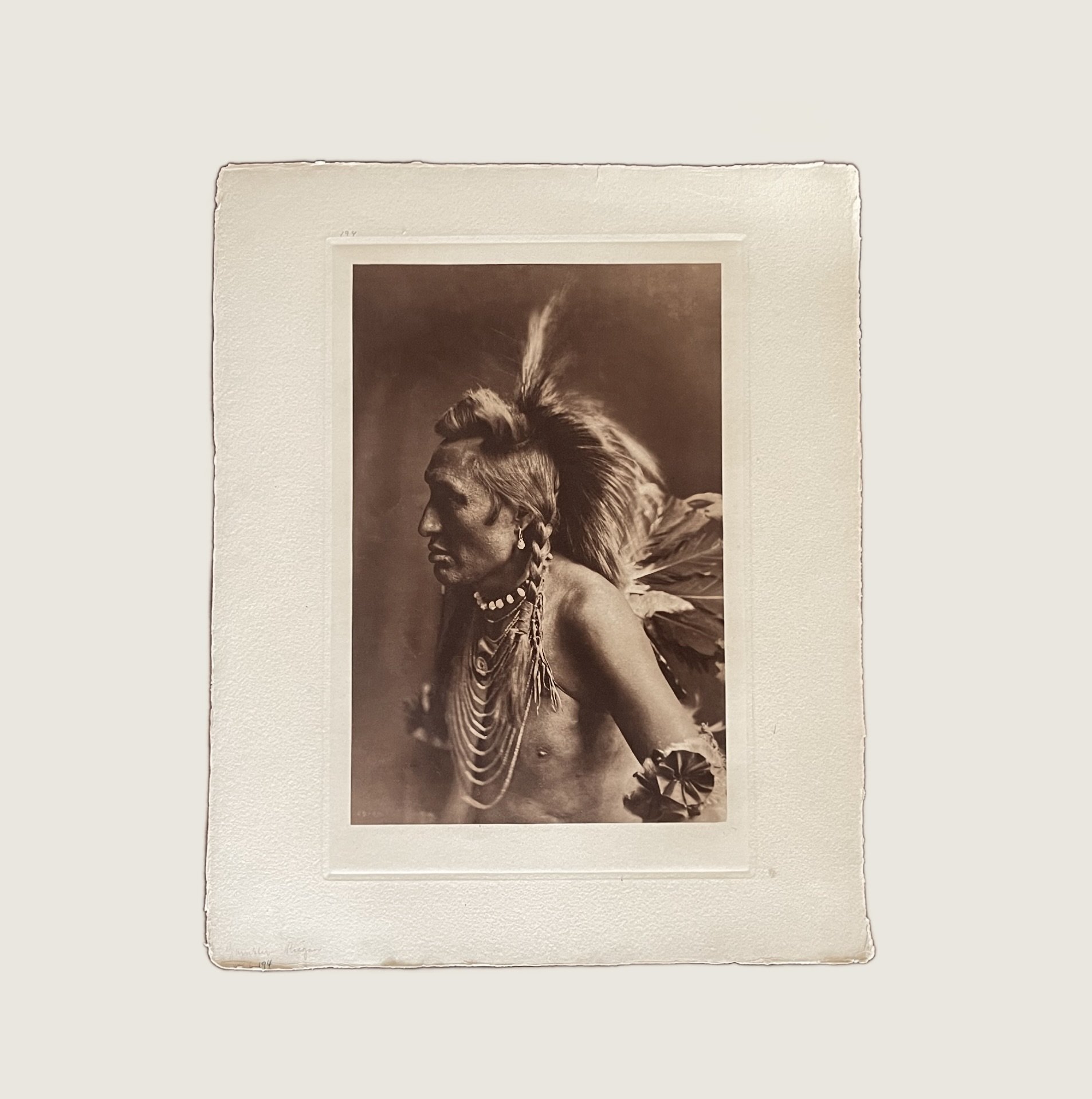 Image 1 of 5
Image 1 of 5

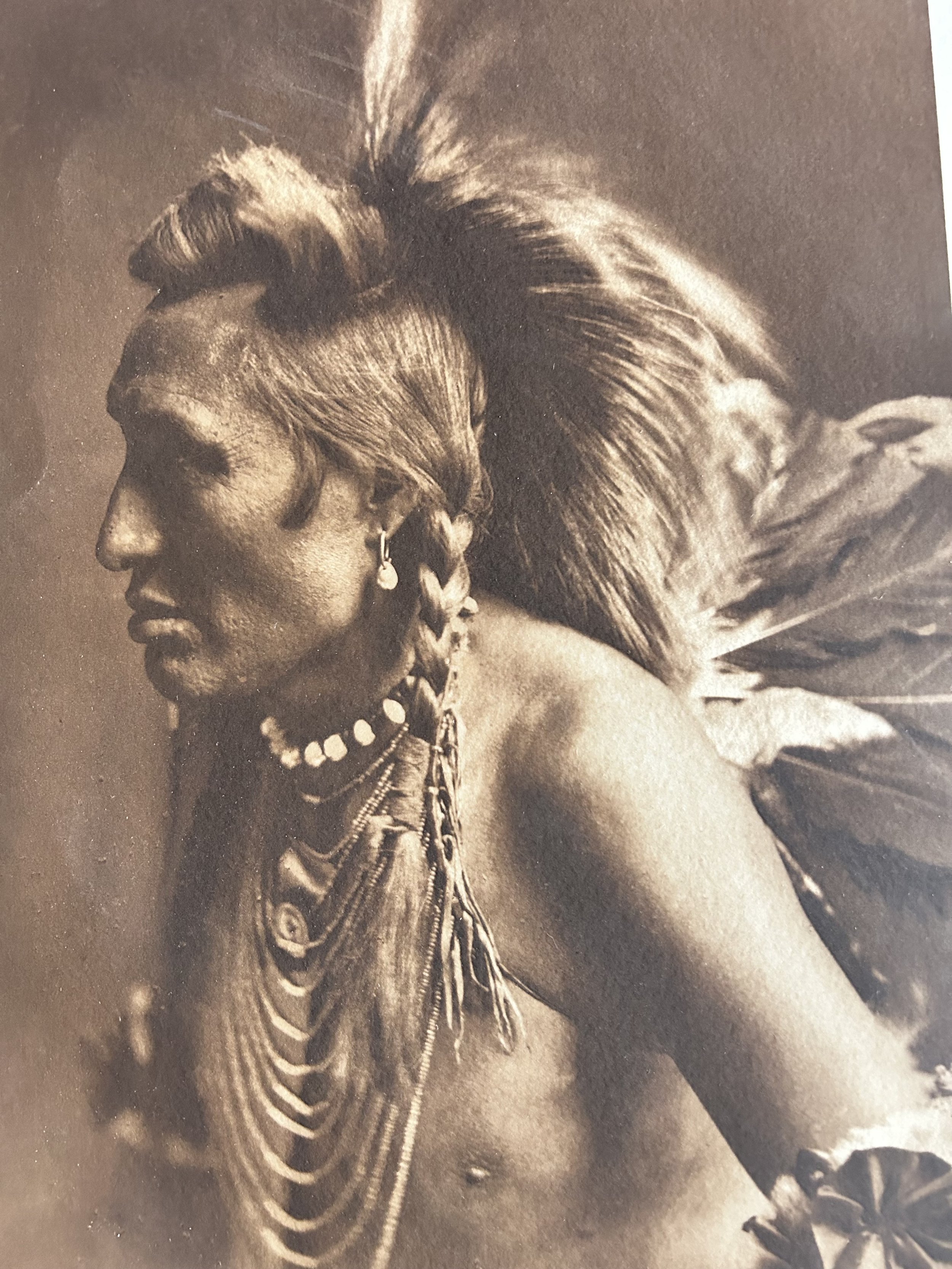 Image 2 of 5
Image 2 of 5

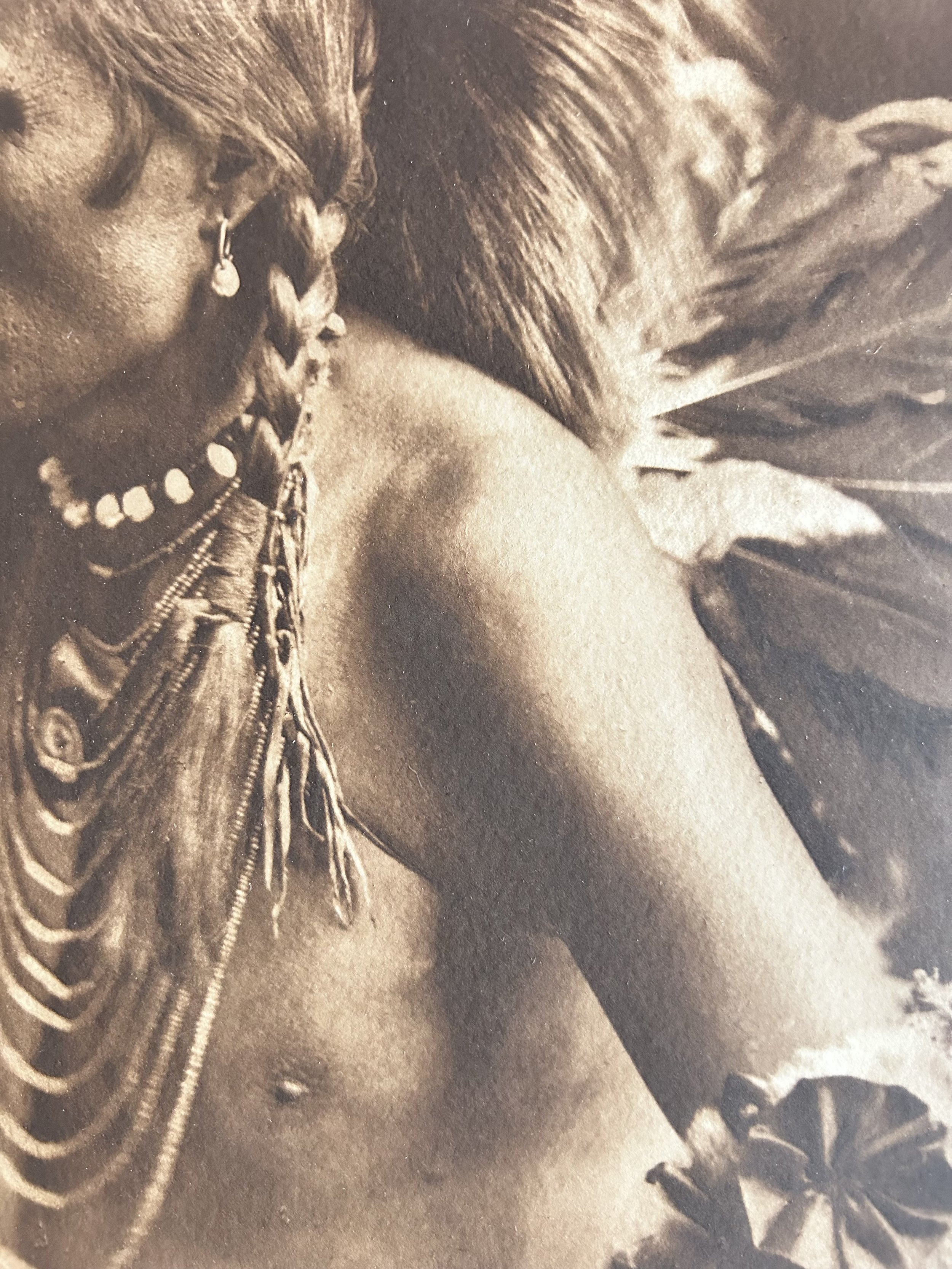 Image 3 of 5
Image 3 of 5

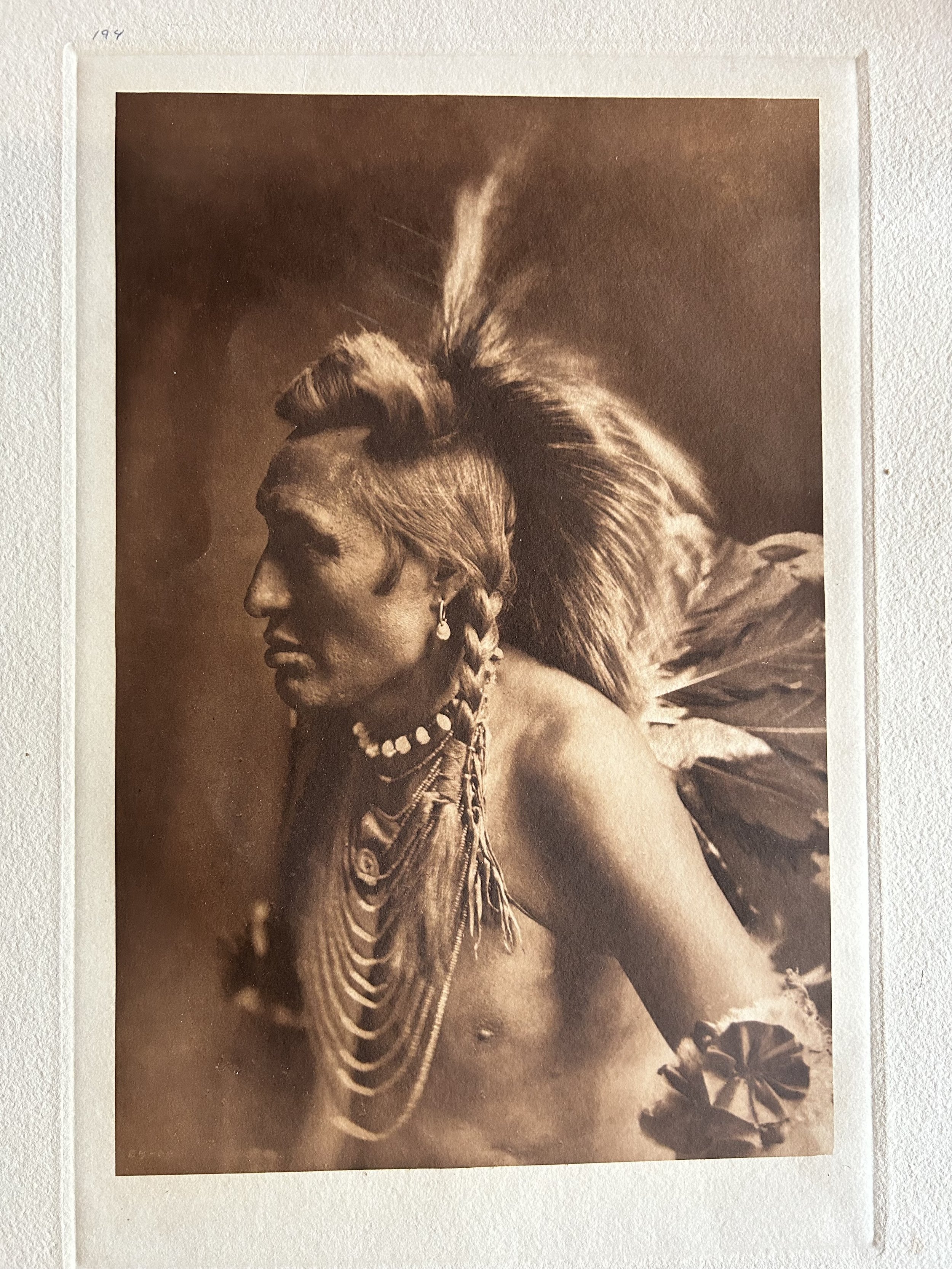 Image 4 of 5
Image 4 of 5

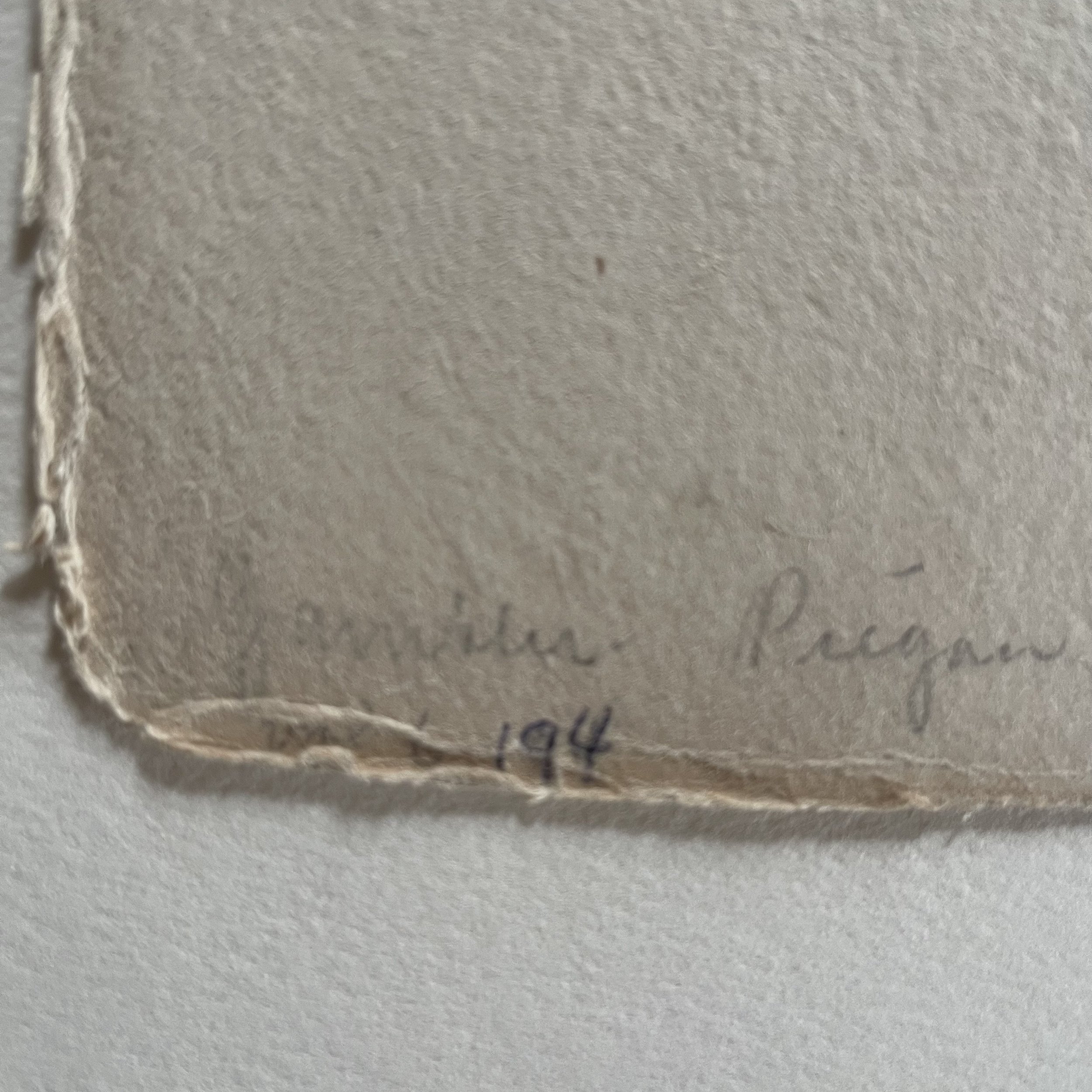 Image 5 of 5
Image 5 of 5






Edward S Curtis (1868-1952) Gambler Piegan, 1900
Edward S Curtis (1868-1952)
Title: Gambler Piegan
Plate: 194
Portfolio: Volume 6
Printer: Proof print by John Andrew & Son
Medium: Photogravure
Date: 1900
Dimensions:
Sheet: W 18 H 22 ¼
Image: 10 ¼ H 15 ½
This iconic profile portrait depicts a member of the Piegan tribe. The subject, wearing traditional Blackfoot attire, including a feathered headpiece and decorative clothing, is portrayed in Curtis’s characteristic Pictorialist style, with soft focus, idealised lighting, and a neutral background that emphasises the sitters dignity and reverence.
The title “Gambler” likely refers to the man’s role in his community, gambling being a traditional and ceremonial practice among Native American cultures. Curtis’ portrayal contrasts with contemporary, often negative stereotypes, presenting this gambler in a heroic, noble light.
Edward S Curtis (1868-1952)
Title: Gambler Piegan
Plate: 194
Portfolio: Volume 6
Printer: Proof print by John Andrew & Son
Medium: Photogravure
Date: 1900
Dimensions:
Sheet: W 18 H 22 ¼
Image: 10 ¼ H 15 ½
This iconic profile portrait depicts a member of the Piegan tribe. The subject, wearing traditional Blackfoot attire, including a feathered headpiece and decorative clothing, is portrayed in Curtis’s characteristic Pictorialist style, with soft focus, idealised lighting, and a neutral background that emphasises the sitters dignity and reverence.
The title “Gambler” likely refers to the man’s role in his community, gambling being a traditional and ceremonial practice among Native American cultures. Curtis’ portrayal contrasts with contemporary, often negative stereotypes, presenting this gambler in a heroic, noble light.
Edward S Curtis (1868-1952)
Title: Gambler Piegan
Plate: 194
Portfolio: Volume 6
Printer: Proof print by John Andrew & Son
Medium: Photogravure
Date: 1900
Dimensions:
Sheet: W 18 H 22 ¼
Image: 10 ¼ H 15 ½
This iconic profile portrait depicts a member of the Piegan tribe. The subject, wearing traditional Blackfoot attire, including a feathered headpiece and decorative clothing, is portrayed in Curtis’s characteristic Pictorialist style, with soft focus, idealised lighting, and a neutral background that emphasises the sitters dignity and reverence.
The title “Gambler” likely refers to the man’s role in his community, gambling being a traditional and ceremonial practice among Native American cultures. Curtis’ portrayal contrasts with contemporary, often negative stereotypes, presenting this gambler in a heroic, noble light.




